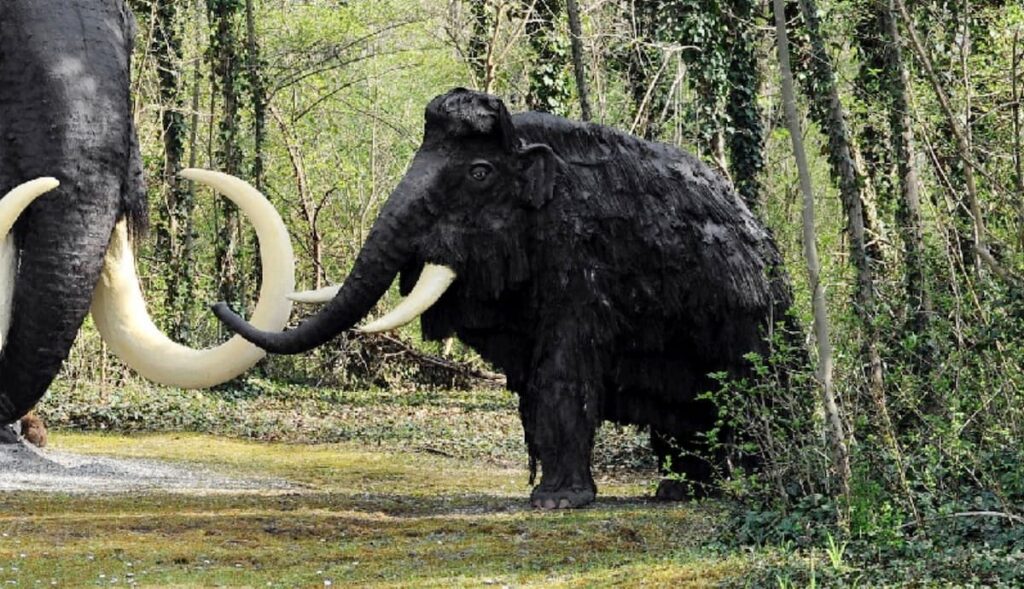The ancestors of the mammoth evolved in Africa and were tropically adapted browsing animals related to living elephants. They spread into the northern hemisphere around 3 million years ago. They began a process of transformation that resulted in the highly specialized woolly mammoths of the late ice age, adapted to cold, treeless environments and a diet of grass.
During the last ice age, woolly mammoths existed. Woolly mammoths were closely related to Asian elephants today. Except for one significant difference, they resembled their modern counterparts. They had a thick coat of brown hair that kept them warm in their home on the frigid Arctic plains. They even had furrowed brows.
Their large, curved tusks were possibly used for fighting. They could also have been used as a digging tool to forage for shrubs, grasses, roots, and other small plants from beneath the snow.
Table of Contents
ToggleExhumation of The Woolly Mammoth
Although woolly mammoths became extinct around 10,000 years ago, the Arctic permafrost preserved many woolly mammoth bodies almost wholly. When the ground around riverbanks and streams erodes, the corpse of a long-dead mammoth that looks exactly like it when it died is often revealed.
Size of The Woolly Mammoth
According to the International Union for Conservation of Nature, woolly mammoths stood about 13 feet (4 meters) tall and weighed about 6 tonnes (5.44 metric tonnes) (IUCN). According to National Geographic, some mammoth, woolly hairs can grow 3 feet (1 m) long.
Habitat of Woolly Mammoth
Though woolly mammoths are known for living in the Arctic’s frigid planes, mammoths came from a much warmer home. According to research from the University of Manitoba in Winnipeg, Canada, the ancestors of both the mammoth and the Asian elephant originated in Africa 6.7 million to 7 million years ago.
Factors Caused Woolly Mammoth Extinct
Following are some factors that caused Woolly Mammoth to be extinct.
Humans
When the ice age finished, and temperatures and the environment turned out to be more pleasant, people started to colonize immense spaces of the world, propelling northwards, looking for new grounds. As people spread, they experienced woolly mammoths, which they chased. People pursued mammoths for their meat, bones, and skin.
Climate Change
Researchers have for some time been interested in what caused the elimination of giant well-evolved creatures, known as megafauna, during the late Pleistocene Time frame. The Pleistocene Time frame started roughly 1.8 million years prior and finished just 10,000 years before the last ice age.
Environmental change has been considered broadly liable for this misfortune, as these enormous warm-blooded creatures attempted to adjust to changing conditions and conditions. Mammoths were herbivores so were exceptionally reliant upon acquiring every one of the supplements they expected to make due from the plants that they ate – if environmental change prompted the vanishing of some imperative mineral-providing plants, mammoths would endure significantly.
Comets or Meteorites
The international team lays out its theory in the Proceedings of the National Academy of Sciences that the mass extinctions in North America were caused by one or more extra-terrestrial objects, comets, or meteorites that exploded over the Earth or collided with it, causing catastrophic climate change.
Scientists now believe that around 12,900 years ago, a comet or meteorite exploded over the planet, causing abrupt climate changes that led to the extinction of the woolly mammoth and other giant prehistoric beasts.
